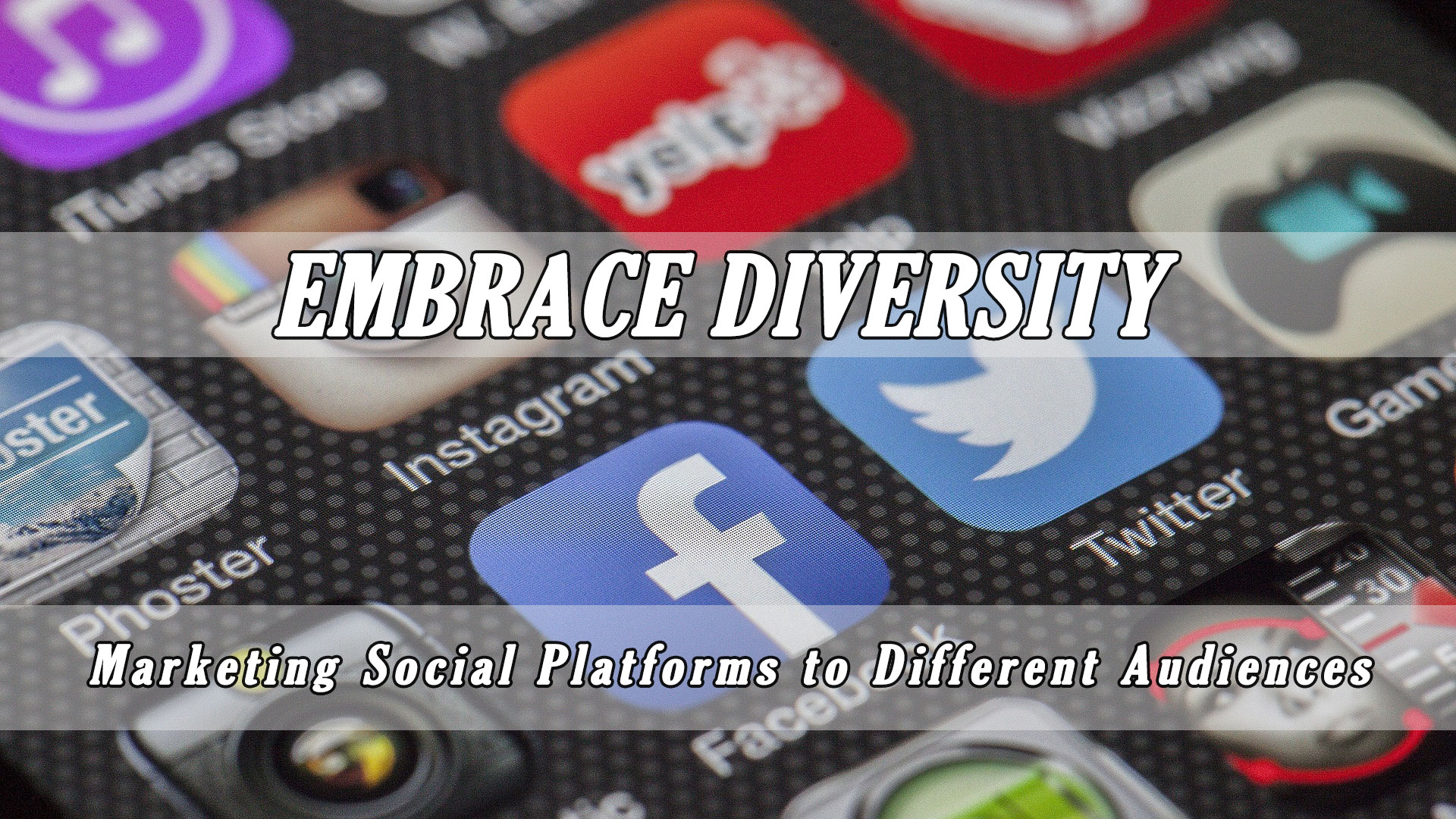
Embrace Diversity: Marketing Social Platforms to Different Audiences
In the ever-evolving digital landscape, social platforms have become a cornerstone of modern communication, connecting people from all over. However, despite the apparent similarities, each social platform has a distinct community with unique preferences, behaviors, and interests. Successful marketers understand that a one-size-fits-all approach does not work when it comes to online platforms. Let’s delve into the importance of tailoring your online marketing strategies to fit the diverse audiences of various social platforms.
Recognize Platform-Specific Demographics:
The first step in effective social media marketing is understanding the demographics of each platform’s users. For instance, Facebook typically attracts an older audience, while platforms like TikTok and Snapchat are popular among younger generations. LinkedIn, on the other hand, caters to professionals and businesses. By recognizing these differences, you can customize your content to resonate with the preferences and expectations of each platform’s users.
Craft Relevant Content:
Different social platforms prioritize different types of content. Instagram revolves around visual storytelling, Twitter favors industry authorities and timely updates, and YouTube on video content. To maximize engagement and reach, tailor your content to match the format that best suits the platform you’re using. This ensures that the message remains consistent while you cater to the unique preferences of each audience.
Embrace Communication Styles:
Social platforms have varying communication styles too. LinkedIn encourages professional networking and business-oriented conversations, while Instagram thrives on visually appealing, casual interactions. Tailoring the tone and language of marketing messages to match these nuances is essential to build genuine connections with users.
Timing is Everything:
The timing of posts can significantly impact engagement rates on social media. The ideal posting schedule varies from one platform to another due to differences in user activity. By analyzing platform-specific data and insights, you can optimize your content release times to reach the largest portion of your target audience.
Utilize Platform Features:
Each social platform provides unique features and tools that can further your marketing efforts. For example, Instagram offers Stories and Reels, while Twitter has polls and trending hashtags. Understanding and leveraging these features will allow you to creatively engage with audiences and stand out in a sea of content.
Build Authentic Relationships:
Authenticity is the cornerstone of successful social media marketing. Different platforms foster distinct levels of authenticity, with some encouraging highly curated content and others embracing a more raw and unfiltered approach. Adapt your strategies to align with the authenticity expectations of each platform’s users.
Summary:
In the realm of social media marketing, acknowledging the diversity of audiences across various platforms is your key to online success. A one-size-fits-all approach will fail to resonate with users and may even alienate potential followers or customers. Recognize unique demographics, communication style, and content preferences of each social platform. Tailor your messages and strategies accordingly and build more meaningful connections with your target audiences. Embrace diversity in social media for an opportunity to tap into the vast potential each platform has to offer.
